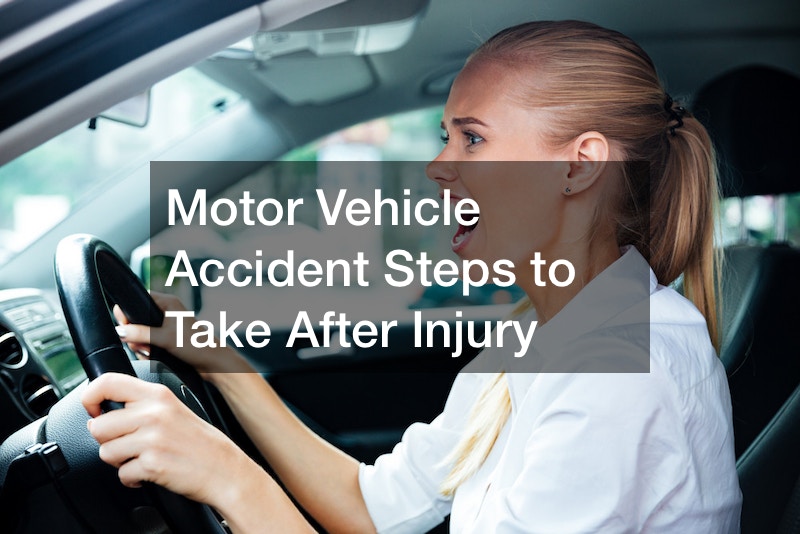1. Document the car’s model, type, and color of the car Document exactly where the crash
It is advisable to avoid any argument about whose fault it was when discussing what happened with the other driver. The adjuster will determine who is responsible after carefully looking over the cars and examining the information provided by witnesses.
6. Don’t be afraid to collect evidence
If you’ve identified potential witnesses Following the identification of witnesses, the next crucial stage is to gather all the evidence you can from the scene of the accident. For this the next step is to take note of the following information.
The details of the car, for example, the license plate Make a photo of the vehicle’s damage. Take a picture of the traffic signs Take a photo of skid marks plus the condition of the location. Check for cameras, if any, and who should you contact in case of emergency
If you find that a road marker is mangled or not there, snap an image and save it; it may be useful when you are claiming insurance coverage. It can also be used in a quick way to resolve your liability problem.
7. Keep a record of what happened; If You’re Able
As anxiety eases and you are able to enjoy a peaceful and calm moment, you should write down what happened. You’ll want to record all the details you can and note important information for example:
Your driving direction at the time of the collision precise location, date and date of the incident Note down the activities you were engaged in at the time of the impact Note down what the other car was doing when you were at the impact
You’ll need to write your information in the best way you can rememb
efrnsay31k.

